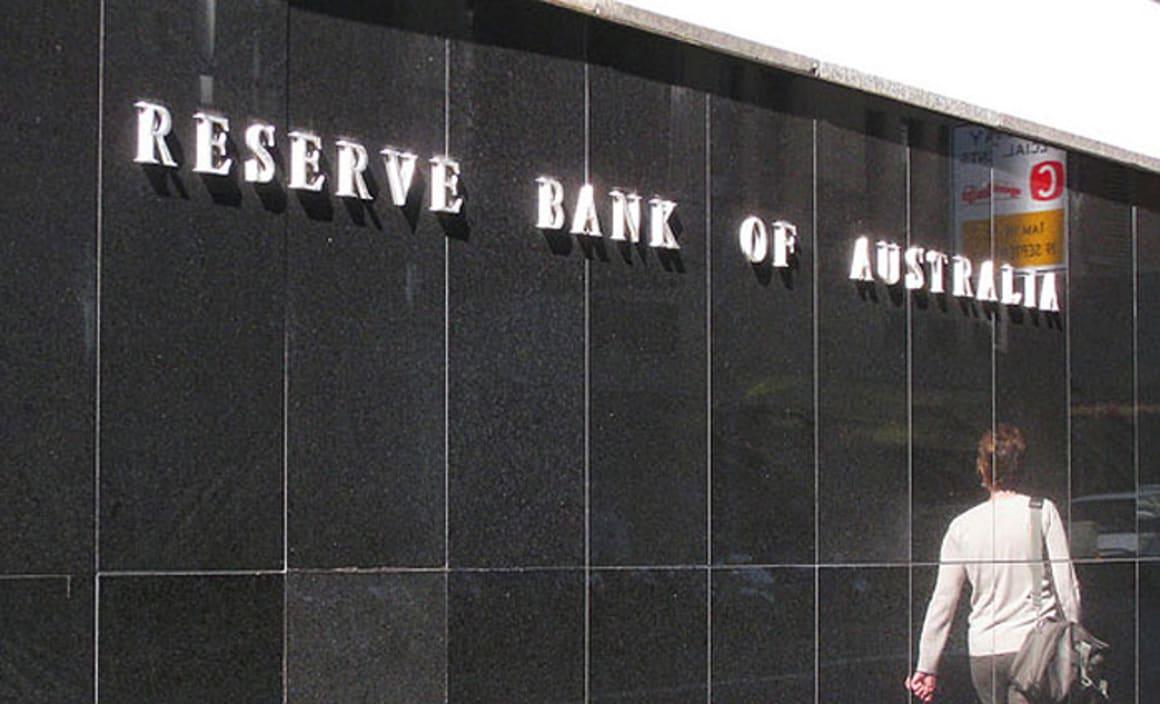RBA carries over same official cash rate into third year after February 2018 decision

The first meeting of the Reserve Bank of Australia for 2018 saw no change in the official cash rate.
The central bank's last move saw it go to 1.5 percent at the August 2016 meeting, so rates have been held steady for 17 meetings.
It is the longest run of steady rates as there were 16 meetings (inclusive) between their August 2013 meeting and December 2014 where they held at 2.5 percent. There was another run of 16 meetings between July 2002 and October 2003 where rates were held at 4.75 percent.
Almost all economists predicted a hold at the first meeting of the year.
Most don't foresee any change throughout much of 2018.
Tim Lawless, CoreLogic's head of research and analytics, said the hold decision was expected.
"With headline inflation remaining below the RBA’s target range of 2-3%, housing markets moving through a controlled slow down, a higher than forecast Australian dollar and household debt at record highs, the hold decision from the Reserve Bank was widely expected.
"With national dwelling values now drifting lower, the RBA can now focus more on economic trends outside of the housing market when contemplating monetary policy settings.
According to CoreLogic’s’ hedonic indices, the heat has come out of the Australian housing market, with national dwelling values falling by 0.7% since peaking in September last year.
Falling dwelling values are the result of tighter credit conditions rather than any changes in monetary policy settings. Despite the stable cash rate, investors have seen an average 40 basis points increase in their mortgage rates due to higher capital requirements from lenders, which has helped to slow investment demand and quell rapidly rising home values.
Interest rates won’t stay at their record lows forever. Financial markets have fully priced a 25 basis point rise by February next year. In the meantime, we expect housing market demand to be supported by low mortgage rates and high rates of population growth, despite the easing in capital growth rates that have been most evident in Sydney and, to a lesser extent, Melbourne dwellings.